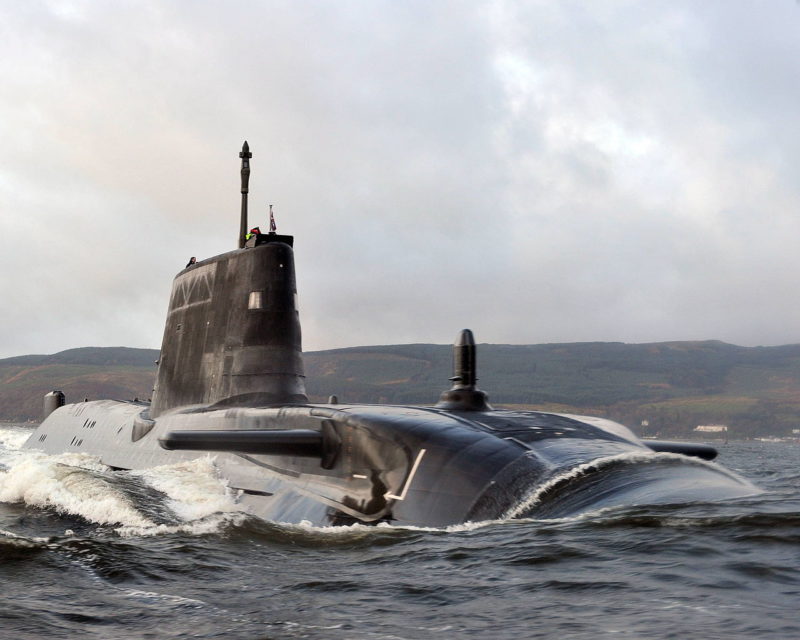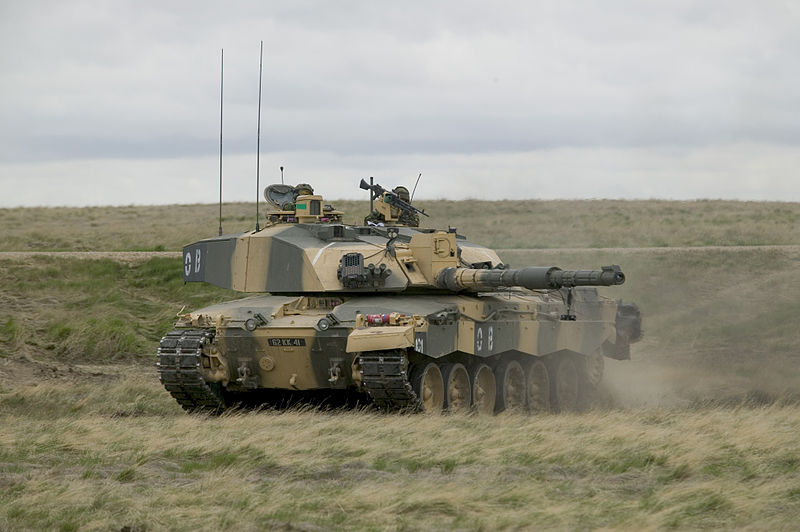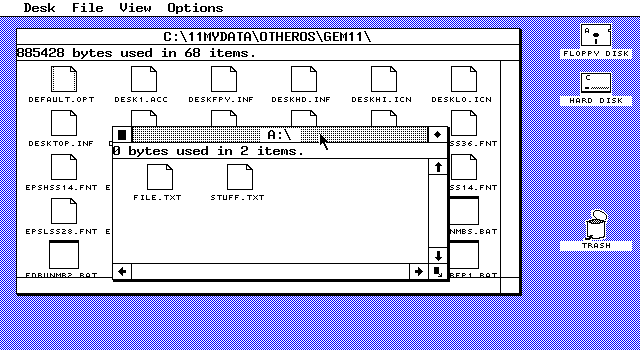 The Buffalo Bills have had a rough start to the 2018 NFL season, with two bad losses (being outscored 78-23) and they faced another huge challenge visiting the Minnesota Vikings for game three. At least, that was the story line coming in to the game. It certainly didn’t describe the action after kick-off, as Buffalo looked like the only team on the field that cared about the outcome of the game. The Vikings managed to shoot themselves in the foot so often with stupid penalties that it was almost as if they were trying to lose.
The Buffalo Bills have had a rough start to the 2018 NFL season, with two bad losses (being outscored 78-23) and they faced another huge challenge visiting the Minnesota Vikings for game three. At least, that was the story line coming in to the game. It certainly didn’t describe the action after kick-off, as Buffalo looked like the only team on the field that cared about the outcome of the game. The Vikings managed to shoot themselves in the foot so often with stupid penalties that it was almost as if they were trying to lose.
I’ve been following the team for a very long time, and this was the worst game I’ve seen them play since losing the NFC Championship game 41-0 to the New York Giants back in 2000. The $84 million man came back down to earth with a thud after finishing last week’s game in Green Bay with a career-best statistical line … he just couldn’t connect with his receivers whenever the crumbling offensive line gave him enough time to find a target. With back-to-back trips coming up to Los Angeles and Philadelphia, Judd Zulgad says it’s time to sound the alarm:
Inexcusable and inexplicable.
Those are the two words (fit for a website read by people of all ages) that best describe a 16.5-point home favorite embarrassing itself with a completely inept performance against an NFL bottom-feeder starting a rookie quarterback. Yet, that’s exactly what the Minnesota Vikings did as they put on a cringe-worthy performance in a 27-6 loss to the Buffalo Bills and Josh Allen on Sunday at U.S. Bank Stadium.
How the heck did this happen?
Who cares?
Nobody wants to hear excuses when you are a favorite in the loaded NFC. You have a game on Thursday against the Rams? Who cares. Your quarterback has a terrible day? Do better. Your defense has a spotty performance for a second consecutive week? Too bad.
This Vikings team is expected to overcome any adversity it might face. Instead, they spent Sunday looking like a hopeless collection of lost causes that in no way resembled a contender. The Vikings were supposed to be up 27-0 at halftime, not trailing by that margin. The most competent performance at U.S. Bank came as many in the crowd of 66,800 booed their heroes off the field at halftime.
Many of them streamed to the exits with 11 minutes, 27 seconds left in the fourth quarter after the Vikings couldn’t even complete a simple fourth-and-1 pass from Cousins to C.J. Ham. They would have been wise and justified to head out far earlier. The Vikings’ only touchdown of the game came with 2:59 left in the fourth quarter when Kirk Cousins found Kyle Rudolph on a 4-yard pass that meant nothing.
When the game did matter, the Vikings made it unwatchable.
Not all of the Vikings’ troubles begin on the offensive line, but a lot of them can be traced back to that:
No push from the line means no gaps for running backs to run through, and if they’re being pushed back into the quarterback (as they were far too often), it hobbles the short passing game, too. Last season, Case Keenum’s escape ability made all the difference, but Kirk Cousins is much more of a pure pocket passer, so if the pressure gets to him, he’s more likely to be sacked or have to throw the ball away. Cousins ended the day with a stat line of 40 of 55 for 296 yards, a touchdown and an interception and took four sacks (it seemed like a lot more than just four for fans watching the game). However, most of those yards came late in the game when the outcome was no longer in much doubt.
The Vikings special teams did absolutely nothing to help the situation, between stupid penalties and some real head-scratching decisions about bringing the ball out of the end zone and when to field punts. If the other parts of the team were performing well, it would merely have been a distraction, but the deficits on special teams made it that much tougher to try to climb back into the game after the first quarter. You don’t tend to think of the kick return or punt return roles as being very important, but if Marcus Sherels had been healthy enough to play, I don’t think we’d have noticed just how much special teams issues added to the disaster … because Sherels has better decision-making skills than his backups.
The Daily Norseman‘s Ted Glover has apparently been deported to Africa or something, as Christopher Gates appears to have taken over his slot for the weekly post-game Stock Market Report:
Hey, kids! Yours truly has the Stock Market Report for the next couple of weeks, because Ted is blessing the rains down in Africa or something or other on vacation. I’m assuming that nobody has told Ted that Africa has snakes, because if they had I’d think that the midwestern United States would be just about as close as Ted would get to the place.
But, even though I’m making jokes at Ted’s expense, at least he had the good sense not to sit down and subject himself to the absolute hot mess of a garbage pile of a dumpster fire of a complete freaking disaster that the rest of us subjected ourselves to on Sunday afternoon. How bad was it for the Minnesota Vikings at U.S. Bank Stadium on Sunday against the Buffalo Bills?
Parenthetically, I sure hope that Ted has trained a brilliant understudy/novice/padawan to cover Zim Tzu’s weekly press conferences, because if not I’m sure lots of the fans will be demanding their money back from Daily Norseman — how else are we supposed to decode the koans of Zim Tzu without his brilliant decryption efforts? But, as usual, I digress. Skipping right to the essential Buy/Sell recommendations:
Buy: John DeFilippo let this game get away from him – To say that the Minnesota Vikings’ play calling was unbalanced on Sunday would be the ultimate understatement. In 65 offensive plays on Sunday, the Minnesota Vikings had six rushes. Two of those runs came from Kirk Cousins on scrambles, which means that the Vikings called four designed runs on Sunday afternoon against the Bills.
Four. As in, like, one per quarter. Mike Boone and Latavius Murray had two carries each. That was it.
I know that Dalvin Cook sat this one out, but seriously … there needs to be some sort of balance there, even when the game gets out of hand early.
Sell: John DeFilippo isn’t a great offensive coordinator – That having been said, I do think that DeFilippo is a good offensive coordinator overall. He’s shown a lot of things to be excited about over the first few weeks of the season, and I think that a game like this is going to prove to be the exception rather than the rule for him going forward. Besides, he didn’t make Kirk Cousins cough up those fumbles and put the offense in a terrible position early. Much like Bob Schnelker, that was not John DeFilippo’s fault.
Buy: The Minnesota Vikings have a lot of talented defensive players – It’s hard to deny that the Vikings have numerous talented players on the defensive side of the football. Guys like Danielle Hunter and Linval Joseph and Harrison Smith and Xavier Rhodes are all among the best in the NFL at their positions. There are as many talented players on the Minnesota Vikings’ defense as there are on any other defense in the National Football League.
Sell: The Minnesota Vikings are one of the best defenses in the National Football League – Having said that, something has happened to this team and they’re not even close to anything resembling a “great” defense. Not anymore. They fell apart in the second half against New Orleans, they fell apart against Philadelphia, they weren’t great against San Francisco, they weren’t great against Green Bay, and they damn sure weren’t great today against Buffalo. They still have the reputation of being a great defense, certainly, but as of right now they’re coasting on that reputation a bit.
Buy: Mike Hughes has all the skills to be a great return man – We’ve seen all the highlights, and we know that part of the reason the Vikings liked him coming out of college was because of his potential ability as a return specialist.
Sell: Mike Hughes needs to bring every kickoff out of the end zone – Having said that, Mike Hughes is not Percy Harvin or Cordarrelle Patterson. Yes, I know the Vikings were looking for a spark today. However, on the three returns that Hughes brought out of the end zone on Sunday, he failed to reach the 25 on any of them, and on two of the three the Vikings were penalized, pushing them back to inside their own 10-yard line. Sometimes it’s okay to just take the ball at the 25-yard line. Somebody needs to tell him that.
Buy: This is one of the most embarrassing losses in recent regular season history – All of the indications were that the Vikings should have won this game in a big way. The Bills got throttled in their season opener and didn’t look great in Week 2, either. The Vikings were at home, they looked to be the better and more talented team on paper, and they were looking to bounce back after their tie against the Green Bay Packers in Week 2. But, that didn’t happen.
Sell: The 2018 season is over – That said, this is Week 3. Yes, the Vikings have two very difficult road games coming up. Yes, it’s very possible that this team could be 1-3-1 after those two games. But this team does have talent, and although this is humiliating and not at all what we were expecting, there’s still a lot of football to be played. The Vikings have to make some adjustments and get some things straightened out, but it’s only September. At least, that’s what I’m going to keep telling myself.
It’ll be interesting to see just how far down the “power tables” this game will push the Vikings. They were pretty consistently in the top tier during the preseason and through the first few games of the regular season, but this result is bound to drag their ratings down across the board — and deservedly so. If they lose the next two road games (against the Rams this Thursday and the Eagles the following weekend), they’ll be lucky to stay in the top half of the rankings.




 The Buffalo Bills have had a rough start to the 2018 NFL season, with two bad losses (being outscored 78-23) and they faced another huge challenge visiting the Minnesota Vikings for game three. At least, that was the story line coming in to the game. It certainly didn’t describe the action after kick-off, as Buffalo looked like the only team on the field that cared about the outcome of the game. The Vikings managed to shoot themselves in the foot so often with stupid penalties that it was almost as if they were trying to lose.
The Buffalo Bills have had a rough start to the 2018 NFL season, with two bad losses (being outscored 78-23) and they faced another huge challenge visiting the Minnesota Vikings for game three. At least, that was the story line coming in to the game. It certainly didn’t describe the action after kick-off, as Buffalo looked like the only team on the field that cared about the outcome of the game. The Vikings managed to shoot themselves in the foot so often with stupid penalties that it was almost as if they were trying to lose.



